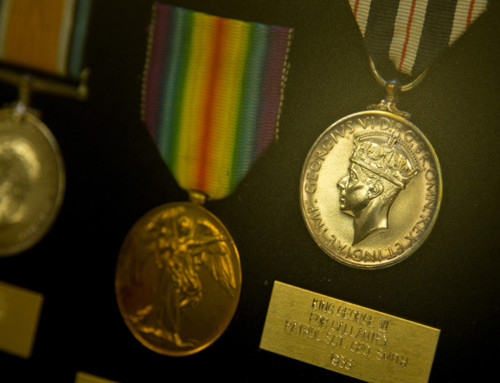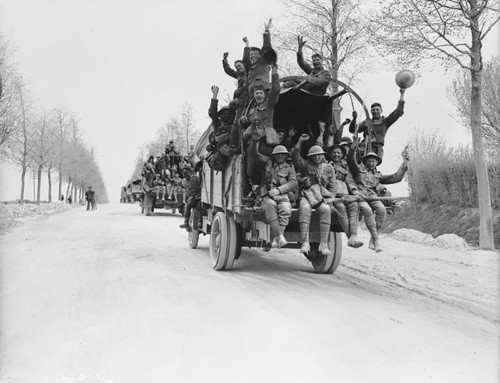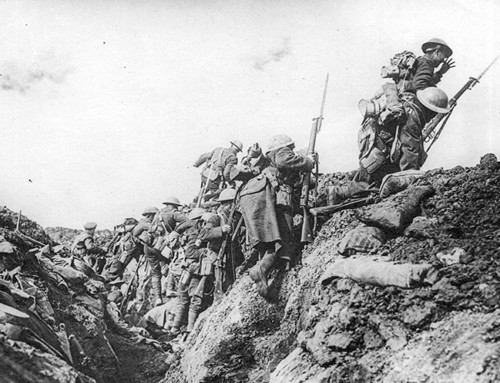Original Post
George Mathewson @ The Sarnia Journal
A remarkable document that describes this area’s early European settlement is now available for all to read, thanks to the Sarnia Historical Society.
Known as the Mugan Manuscript, it was written by a priest who arrived at St. Joseph’s Roman Catholic Church in Corunna around 1890, named James Mugan.
His 27-page “historical sketch” is by today’s standards politically incorrect (Indian are savage) and subjective (Black Robes bring civilizing Christianity) and fanciful (he relates how Lambton’s man-eating wolves were captured in pits rigged with trap-doors.
But Rev. Mugan was a man of his time and his account is all the more fascinating because much of his narrative material, he says, came directly from resident Louis Laforge, the son of the first pioneer Joseph Laforge.
Writes Mugan:
“It was about the year 1809 that Joseph Laforge and his Father Louis Laforge [Sr.] built the first civilized and permanent habitation in the County of Lambton. They had been employees of the fur trade company at Detroit, Sandwich [Windsor], and at the upper Posts and learned the Indian dialects. They chose the place near the present site of Sarnia for the new post as the swamps and marshes near at hand were swarming with wild animals and the tribe of Indians in the vicinity were partly Christianized and friendly.”
More fur traders, all French, arrived shortly after and built cabins at Froomfield, Corunna, Mooretown and Baby’s Point, across from Walpole Island, Mugan writes.
“When the war of 1812 broke out the Indians were inclined towards the British from whom they had by this time received presents since their taking possession of Canada…”
To test their loyalty a “halfbreed” from across the river showed up in present day Sarnia “decked with warpaint, feathers and Bowie knife” and urged the local natives to fight on behalf of the U.S. at Detroit, the scene of an early War of 1812 battle.
The Yankee sympathizer was killed by the “loyal Braves” in a “desperate struggle” on a sandbank in the river, Mugan says.
“Joseph Laforge and the other French settlers, taking alarm, made good their escape. It is stated also that during the war a party of Indians and half breeds crossed over from Marine City to attack the Canadian Indians, and having met them at the Creek south of Mooretown a “battle” took place. How it resulted is not recorded but it is well-known that for many years after the banks and the bottom of the Creek were strewn with unburied Indian bones and skulls.”
Kudos to the Diocese of London for loaning out the manuscript from its archives, the Sarnia Historical Society for publishing it, and to president Ron RealeSmith for labouriously retyping it.
To read the entire sketch or the transcription visit www.sarniahistoricalsociety.com and click on “Projects.”







